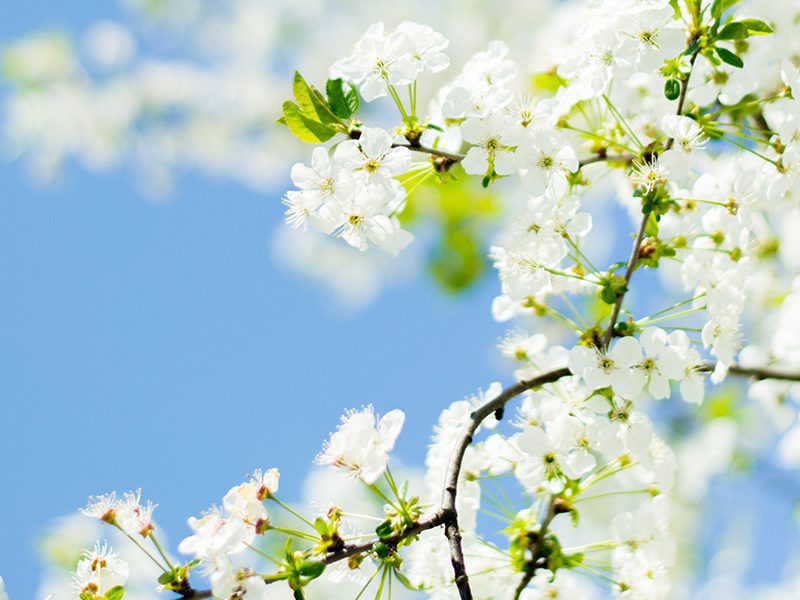This article comes from guest contributor Lisa Dove of Forest Park.
Spring has arrived, so it’s time to prepare your garden for planting!
Start preparing your garden by cleaning up leaf litter, tilling the soil, and preparing your vegetable beds. It’s also a good time to apply the first lawn fertilizer and weed preventer. Be mindful of the estimated frost date for Columbus — April 27 — as planting before this date risks having your blooms nipped by frost.
When purchasing plants at a garden store, look for the Planting Hardiness Zone listed on the tags. This number indicates the amount of cold a plant can handle. (The higher the number, the less cold the plant can tolerate.) If you buy a plant with a hardiness rating higher than 5b or 6a, you’ll need to bring it inside during the colder months.
Annuals are flowering plants and vegetables that grow and bloom in one season. These plants are bright bloomers and can be planted after the frost date, continuing to bloom until the first killing frost in mid-October. Cold-weather annuals like Pansies and Primrose can tolerate colder temperatures and die back in the summer, reblooming in the fall. Cold-weather annual vegetables like peas, lettuce, spinach, and cabbage can be planted in April.
Perennials are plants that live for more than two years and typically improve with age. These stalwarts of the garden include daisies, garden phlox, strawberries, daylilies, and clematis. Perennials often don’t do much in their first season, but after the first winter, they can change dramatically. While more expensive, buying perennials in gallon-size containers that are already blooming can be a good investment. After four years, you may see them decline, at which point it’s time to divide them and share them with your neighbors.
Biennials are plants that bloom every other year, taking two years for the cycle to complete. In one year, you’ll have blooms, and in the next, just a rosette of leaves. Many biennial species reseed easily, increasing the number of plants in your garden. Examples of biennials include Hollyhocks, Black-Eyed Susans, Delphiniums, and Foxglove.
Follow these tips and enjoy the beauty of your garden throughout the season!


0 Comments